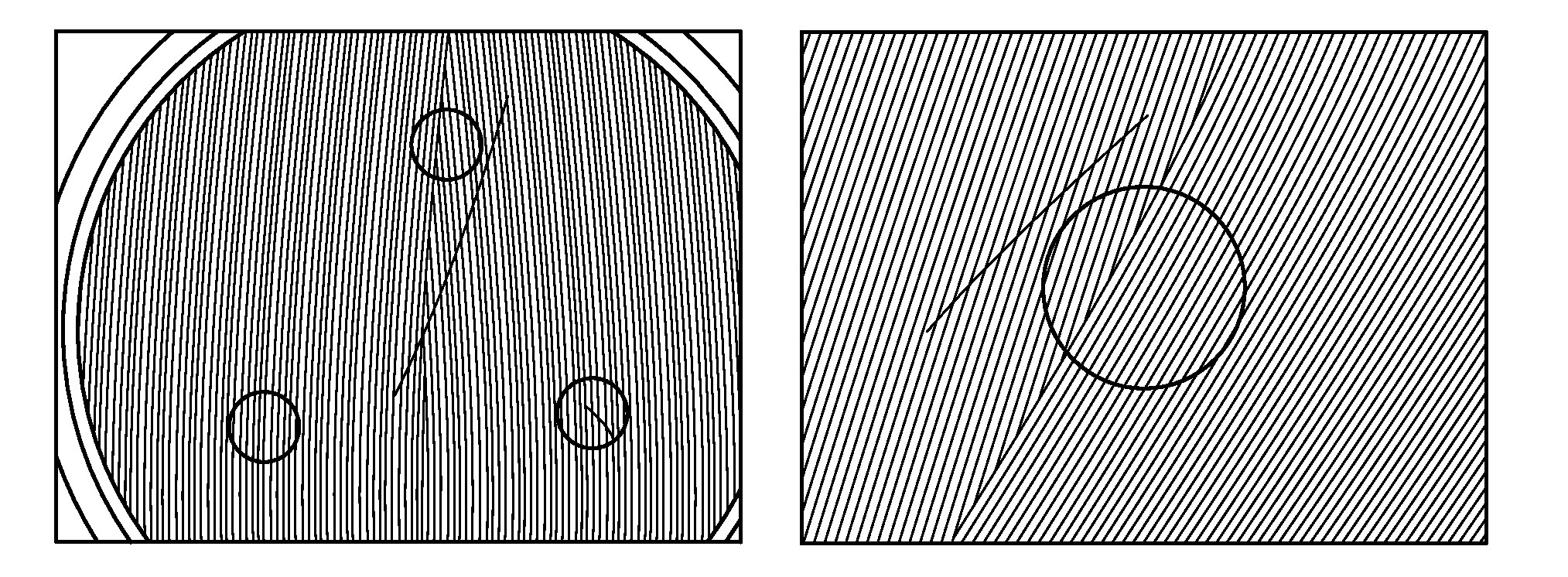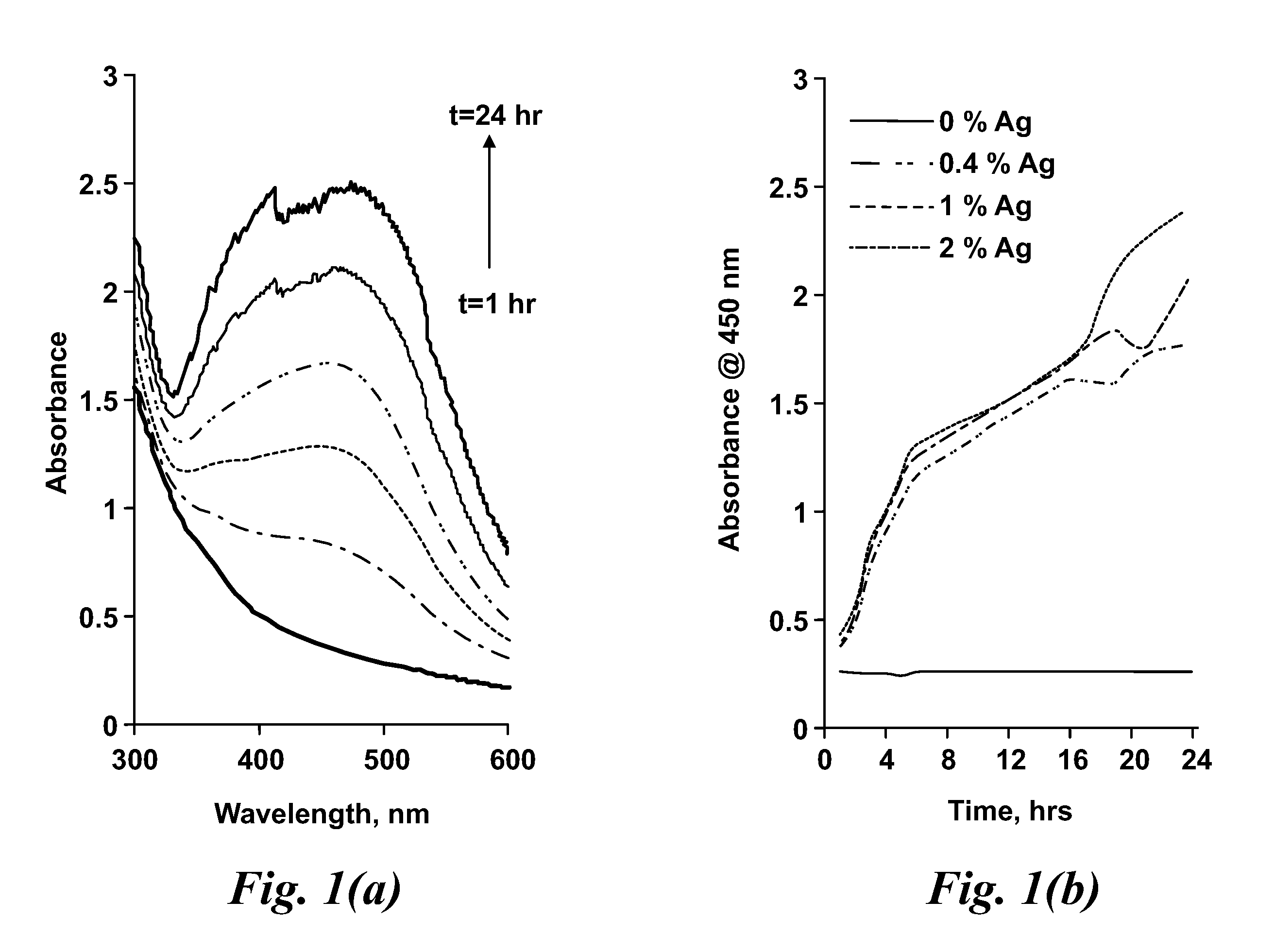Polysaccharide nanofibers having antimicrobial properties
- Summary
- Abstract
- Description
- Claims
- Application Information
AI Technical Summary
Benefits of technology
Problems solved by technology
Method used
Image
Examples
example 1
[0043]PEO (Mw: >5000000 g.mol−1) was dissolved in deionized water to a concentration of 1% -4 % (w / w). The solution was stirred until it appeared homogenous. After allowing time for degassing, a calculated mass of the PEO solution was mixed into a known mass of a solvent consisting of DMSO and deionized water, with a DMSO concentration between 2% (w / w) and 20% (w / w), preferably between 5% (w / w) and 10% (w / w). Sodium alginate was then slowly added to a vortex in the PEO / water / DMSO solution such that the total polymer concentration in the solution was between 3% (w / w) and 8% (w / w), preferably between 5% (w / w) and 6% (w / w) and the PEO to alginate ratio was between 2% and 10% by weight, preferably between 2% and 5% by weight. The solution was stirred thoroughly until it was consistently viscous and homogenous. Additions of the surfactant Triton X-100 were made, using a micropipette to a vortex in the alginate solution, such that the concentration was varied between 0.1% (w / w) and 1% (w / ...
example 2
[0057]The second example describes the addition of a stabilizing agent in the process described above, which restricts the growth of the silver nanoparticles and prevents them from aggregating. This allows nanofibers to be electrospun over a range of time periods, without losing the uniform distribution of fine silver nanoparticles.
[0058]The stabilizing agent used is an aqueous amphiphilic tri-block copolymer consisting poly(ethylene oxide)-poly(propylene oxide)-poly(ethylene oxide) blocks. This copolymer is capable of forming micelles around metallic nanoparticles, stabilizing them as a colloid in the aqueous solution.
PUM
| Property | Measurement | Unit |
|---|---|---|
| Fraction | aaaaa | aaaaa |
| Fraction | aaaaa | aaaaa |
| Fraction | aaaaa | aaaaa |
Abstract
Description
Claims
Application Information
 Login to View More
Login to View More - R&D
- Intellectual Property
- Life Sciences
- Materials
- Tech Scout
- Unparalleled Data Quality
- Higher Quality Content
- 60% Fewer Hallucinations
Browse by: Latest US Patents, China's latest patents, Technical Efficacy Thesaurus, Application Domain, Technology Topic, Popular Technical Reports.
© 2025 PatSnap. All rights reserved.Legal|Privacy policy|Modern Slavery Act Transparency Statement|Sitemap|About US| Contact US: help@patsnap.com



